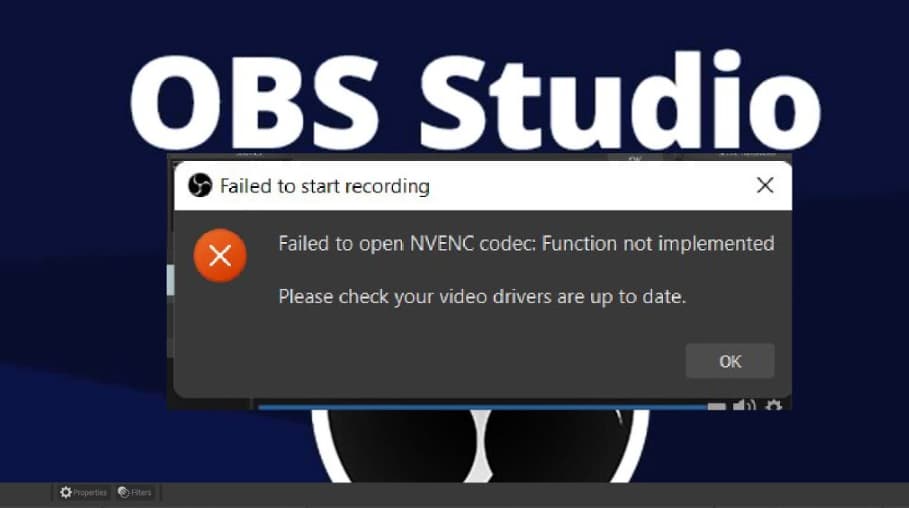In software testing, you can take many approaches. Yes, some organizations choose the more traditional process of using manual testers. But others have realized the benefits of a more automated process. One such method is called “e2e testing.”
However, e2e testing has two types: horizontal and vertical. Vertical E2E testing focuses on a particular product feature. And horizontal E2E testing looks at how all features work together.
This article will discuss some benefits of using vertical E2E tests. It explains how it helps you find bugs you would otherwise miss.
Benefits of Vertical End-To-End Testing Process
In order to have a full grasp of the inherent benefit of vertical end to end testing, we need to provide sufficient explanation of what e2e testing is, and how it adds value to the end product. End-to-end testing involves testing a product from beginning to end. This ensures that all features work as intended. For example, suppose you were testing a website for online shopping. You would ensure that users enter their shipping and billing information correctly. Then, when they submit it, they are taken to a page where they can view their order status.
Vertical E2E testing focuses on the vertical slice of your product.
A “vertical slice” is a tiny functionality in your application or site. You can test it from beginning to end without additional dependencies. It’s like taking an onion and cutting it vertically down the middle.
This process offers the following benefits:
Easy to Create Test Scripts
You can test a vertical slice with minimal effort, so it is easy to create test scripts. This is especially useful when you have a large product with many features.
You don’t have to repeatedly write the same test scripts for each feature. Instead, you can write one that covers the entire vertical slice.
The Most Effective Way to Identify System Bugs
System bugs are the most difficult bugs to find and fix. They can hide in the deepest parts of your codebase, which makes them very hard to locate. But with a vertical slice, you can ensure every feature works as expected before moving on to the next one.
You’ll know exactly what is broken when a bug does occur. So you won’t waste time figuring out why things aren’t working correctly.
Comprehensive Testing of End-To-End Business Processes
Your business processes are the most crucial part of your application. They are what make your system unique and valuable to your customers. But many developers overlook these processes when they build their software.
A vertical slice makes you think about how all the features work together. Then you can write unit tests that cover each step. This will help you identify bugs early so they don’t cause problems later.
Maximizes Test Coverage and Minimizes Risks
An optimal software testing strategy will maximize test coverage and minimize risks. But this can be difficult to achieve when testing in chunks because the code base changes. However, when you build a vertical slice, the code stays the same throughout the process.
This makes writing tests that cover your business logic easier. It ensures that everything works when integrated at the end of each sprint.
Reduce the Number of Inter-Team Dependencies
Time is crucial in software development. You need to minimize the number of inter-team dependencies. This lets you get features out the door as quickly as possible. But this is difficult when you’re testing in chunks. This is because each team has a different schedule and can’t always deliver on time.
However, when you build a vertical slice, your teams simultaneously work on one feature. This means everyone’s schedule is synchronized for that sprint.
Enable Teams to Complete All Necessary Testing in Parallel
To deliver a completed feature, you need to do testing in parallel. However, completing all their tests in parallel will be challenging if your teams work on distinct features.
However, you’ll get through testing much faster when you build a vertical slice. This is because there are no dependencies between teams.
Increase the Speed, Frequency, and Quality of Releases
Your product will only be good if features take less time to release. A vertical slice will help you increase your releases’ speed, frequency, and quality.
The reason is that when all teams work on the same feature simultaneously, they won’t need to wait on one another. This isn’t necessary before they can start releasing. This means that they can deliver a completed product faster than ever before.
Offers an Iterative Approach That Reduces Risk and Ensures Successful Rollouts
You don’t want to release a product that isn’t ready for the market. The problem is that many teams think of distinct releases. This makes it difficult to predict when they will finish a feature.
A vertical slice helps you reduce risk. This allows you to test your assumptions before they go live. The other benefit of this approach is that it ensures successful rollouts. This is because teams won’t work on different versions of the same thing simultaneously.
Conclusion
Vertical e2e testing can help you improve the quality of your products. It’s not a silver bullet, but it reduces risk by ensuring that new features are ready for release before they go live.



